Mind-Reading 101
In this article, I want to show you what your customers may really be looking for in your store. You may think you know the answers, but let me give you some solid evidence of what shoppers at your store are thinking and how you can find out for yourself just what your customers want.
As I discussed last month, the setup of your garden center can be crucial for sales. However, no matter how well your products are being displayed, if you are not selling and serving your customers’ needs, then your efforts are in vain. In this article, I want to show you what your customers may really be looking for in your store. You may think you know the answers, but let me give you some solid evidence of what shoppers at your store are thinking and how you can find out for yourself just what your customers want.
Evaluating your store
There are two ways you can best evaluate your store’s purchase potential. First, you can begin by looking at the store, not as an owner or a manager, but as a consumer. Get a fresh look at your store by shopping it as any of your customers would shop it. Rid yourself of those managerial perceptions and really see your store for what it is.
The second way is through a survey. As a science teacher, I fully believe in the results of surveys. You can make your survey as simple or complex as you want. Your customers want the best from your store just as much as you do, so they will give you honest insight about what you are doing right and wrong. However, be aware that you’re walking a fine line when doing a customer survey; you want the most accurate information, but not at the customer’s expense. There is nothing that irritates me more than to be willing to fill out a survey that ends up wasting 30 minutes of my time. You need to be cautious that you only include the bare essentials — if you fill the survey with too many questions, surveyors will eventually get bored and not answer them honestly. Keep it simple and to the point to ensure accurate results.
Because I am a science teacher and I’ve always been a seeker of knowledge, my brother Jacob asked for my help in conducting some surveys at his garden center. We took a scientific approach to discerning exactly what his customers wanted from his store. He has found surveys exceptionally helpful in figuring out what products to provide.
To better understand your consumers, always ask questions about age, income, job status and location. These simple questions help define who your target audience is. If you do a survey more than once, be sure to ask these questions every time. Your target audience can change, so never assume you know who your customers are.
You need to ask about intended purchases. Get to know what your customers intend to buy. If, for instance, you find that a majority of people want mixed hanging baskets, stock up and make them easily accessible. Trends are not defined by what you think is trendy, but by what your customers are actually buying.
Know where your customers shop. Ask questions about where they typically shop for gardening supplies and why they choose to purchase products there. This can be a real revelation as to how your store can draw in shoppers.
Finally, leave a few questions for miscellaneous subjects. For example, set up a display and let customers give you feedback on what they think about it. Use these extra questions to get some real insight into what you can improve in your store. It’s amazing to me how many times a store will spend money and time on a display that is supposed to entice me, when in reality I don’t even notice it.
Using your results
After learning about your clientele, you can make informed changes regarding product displays, store hours, promotions, new products and signage. These insights may improve your store immediately. Until you can institute a survey to find out what customers want, here are a few answers to questions that may be in your mind.
Why do many shoppers prefer the chain to the independent? This question has been nagging independent garden center owners from the first day they opened their doors. I, as a supporter of my local independent, sometimes forgo my loyalties for a bargain. The deals at chains are often hard to beat. With the effort and finances put into advertising the chain, it is sometimes hard to pass up the fantastic prices they offer. In addition to the outstanding price, many consumers are attracted to the convenience. Not only can they purchase other products while picking up gardening supplies, but many chains are also located closer to consumers’ homes.
In a recent survey, Jacob asked the question, “What would my store need to do to become your primary store for plant and gardening purchases?” Surveyors were asked to mark the top three reasons. Here is a rundown of what customers had to say:
* 60 percent said the store would have to be more competitively priced.
* 32 percent said the store would have to have a broader selection.
* 32 percent said the store would have to make it easier to find what they were looking for.
* 24 percent said that signs in the garden center would have to make things easier to find.
* 20 percent said the store would have to have better plant quality.
* 16 percent said the store would have to have better advertising.
* 16 percent said the store would have to have better service.
Respondents said things like, “Have express lanes.” “More cashiers.” “Have more people to help — I can never find anyone to answer questions.” “Coupons and discounts.” “Clearly mark what is where; sometimes I have a hard time finding things.” These comments are a direct reflection of my own feelings regarding shopping convenience. Help customers, like me, find what they need and purchase what they need quickly.
When asked if a store provided them with numerous things that met their needs (e.g., competitive prices, selection, signage and information) would they drive farther to shop at that store, nearly all of the surveyors said yes, and nearly all of them would pay up to 5 percent more. (Keep in mind that I pay much more than 5 percent for the carrots that are fully prepared and ready to eat and the chewing gum in the easy-to-dispense package.)
Your customers will appreciate the little things you do to improve your store just as much as the big things. Keep the customer feeling like number one and watch them come back time and again. Find out what they want, give them what they want and reap the rewards.





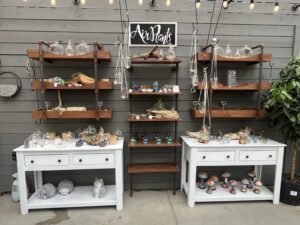


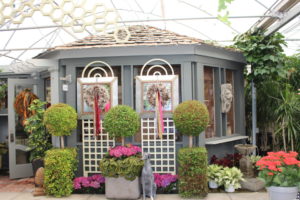
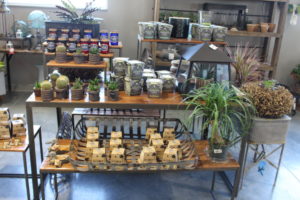
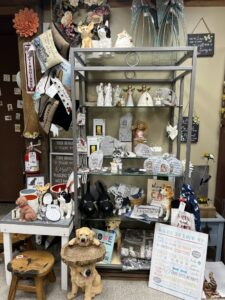
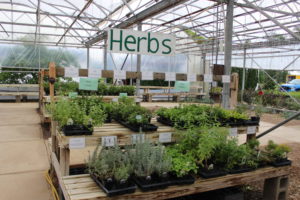
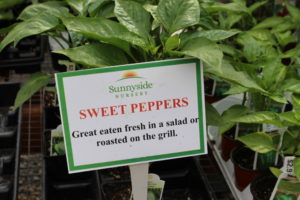

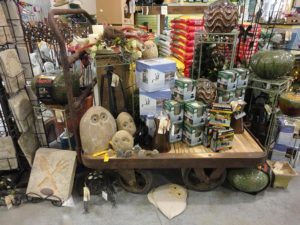
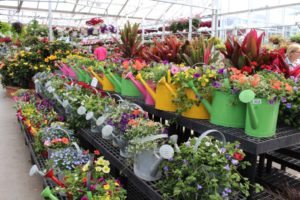
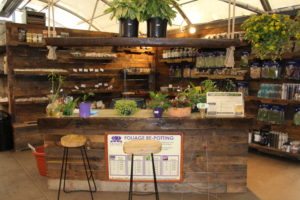
 Videos
Videos





